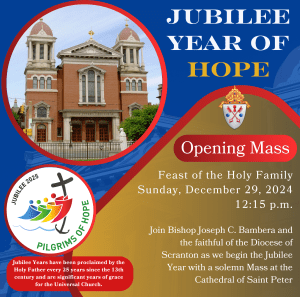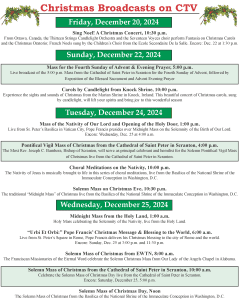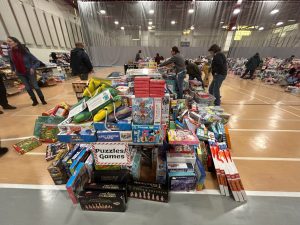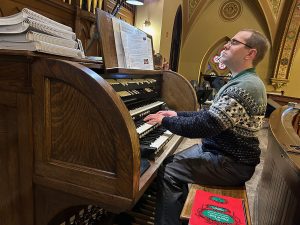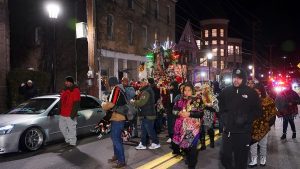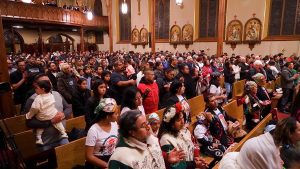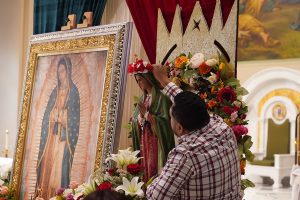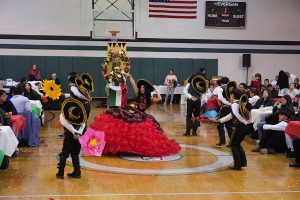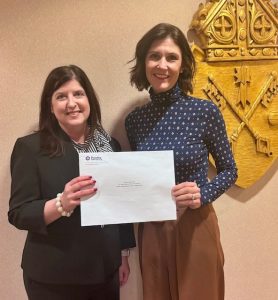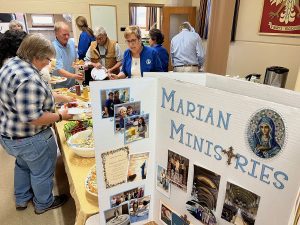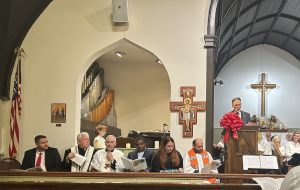Dear Friends in Christ,
The very first spoken words recorded in Saint Luke’s gospel, as the evangelist chronicles the birth of Jesus, are words of hope shared with poor shepherds who represent the broken, suffering world Jesus was born to save. “Do not be afraid. … A savior has been born for you who is Christ and Lord” (Luke 2:10,11).
This year, on Christmas Eve, that same message of hope will resound throughout our world. On that sacred night, Pope Francis will open the Holy Door in Saint Peter’s Basilica in Rome to begin a Jubilee Year which the Church celebrates every twenty-five years in accordance with an ancient tradition. Rooted in Saint Paul’s words from his letter to the Romans, “Hope does not disappoint,” the Holy Father will invite the entire Church to begin a journey throughout the upcoming year during which we open our hearts to the life-giving message of Christmas and the presence of the living God in our midst.
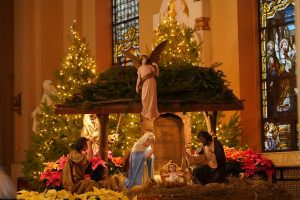
Praying that “the light of Christian hope might illumine every man and woman, as a message of God’s love addressed to all,” and that “the Church might bear faithful witness to this message in every part of the world,” four days later, on the feast of the Holy Family of Jesus, Mary and Joseph, Pope Francis will open the Holy Door of the Archbasilica of St. John Lateran, the Cathedral of Rome. On that day, by decree of the Holy Father, the Church of Scranton will join with bishops and faithful in every cathedral throughout the world to celebrate Mass and to mark the solemn opening of the great Jubilee Year.
Brothers and sisters, more than we realize, we need the hope promised through this Jubilee Year. We need to embrace like never before the life that has been won for us by Jesus and to allow its light to illumine our lives! And we need the assurance of knowing that we are forgiven and loved, that our lives matter, and that, like the shepherds of Bethlehem, we have nothing to fear.
Sadly, our world has become a frightening and disappointing place. Random acts of violence are all too common in our land. Wars are raging throughout our world in the Middle East, Ukraine, Africa and countless other places. Life is still sadly disregarded, especially in the unborn, the poor, disabled and elderly. And immigrants and refugees seeking a better life are forced to the margins of society by discrimination, bigotry and hatred.
Yet, for all of us who are humble enough to acknowledge the difficulties that we face and to look, to listen, and to open our hearts to the power and presence of God, the blessing of Christmas and the promise the great Jubilee Year are treasures steeped in hope for all believers. During the Jubilee Year, there will be countless opportunities both here in our Diocese, in Rome, and throughout our world, to grow in our faith and to celebrate our life as disciples of Jesus, reborn through Baptism and renewed in spirit through His redeeming grace.
In announcing the Jubilee Year some time ago, Pope Francis invited us all to “fan the flame of hope that has been given us and help everyone to gain new strength and certainty by looking to the future with an open spirit, a trusting heart and far-sighted vision.” He went on to share that “the forthcoming Jubilee can contribute greatly to restoring a climate of hope and trust as a prelude to the renewal and rebirth that we so urgently desire” in our lives, in our families and in our world.
May the power of hope fill our lives as we prepare to celebrate the birth of our Savior, Jesus, and look forward with confidence and hope to the Jubilee Year of grace.
With gratitude for your presence within the Diocese of Scranton and with prayers for a blessed Christmas for you and your families, I am
Faithfully yours in Christ,
Most Reverend Joseph C. Bambera, D.D., J.C.L.
Bishop of Scranton

